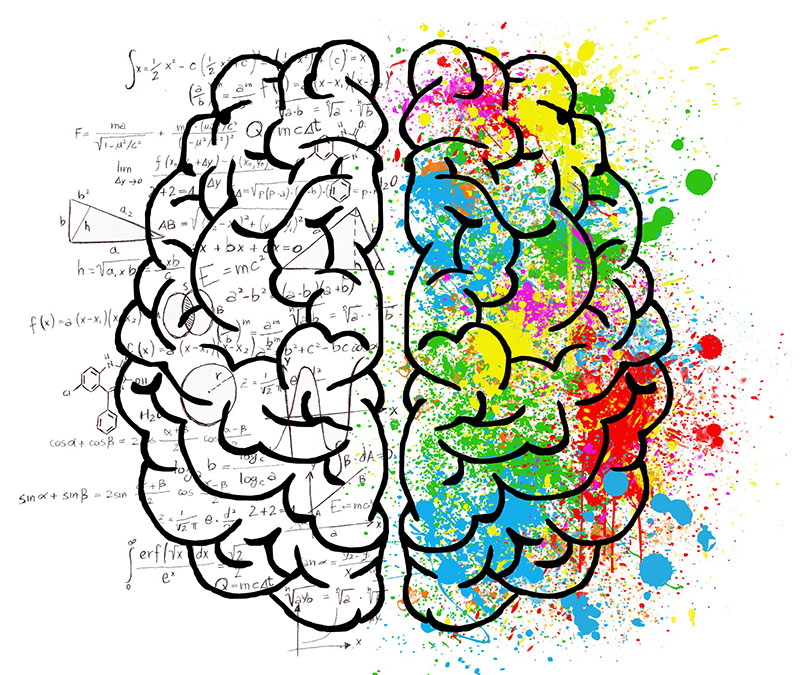
Did you know that you may be crafting a solution for a problem that a behavioral scientist has already researched? There are decades of behavioral science experiments
Here are a few examples:
Wondering why friendly, simple content worked better than content filled with technical brilliance? Robert Cialdini’s research on “liking” in his book, Influence: The Psychology of Persuasion, may shed some light.
Strategizing for the best way to present your product line? You should definitely check out Dan Ariely’s research on “relativity” in his book Predictably Irrational.
Imagine consulting that type of research each time you are creating an a/b test on your website!
What’s also great is that these experiments often map to defined “principles,” which neatly codify our understanding of human decision making. If you get familiar with the principles and the experiments that define them, your website tests are going to be more inspired, and better-informed than ever.
To help you put this information to use, we’re going to share five of our most frequently referenced principles and provide suggestions on how you can incorporate them into your ideation process. We’ll also share a few fun ways to bring behavioral economics into your company culture and provide some resources to stay informed with the new behavioral research
Let’s dive in!
Behavioral Economics Principle #1: Social Proof
Definition: When people are unsure of a course of action, they often look to others for direction.
Ask Yourself: Are you able to use social proof to communicate the benefits of your product or service? What feedback do you have from your customers and how can you surface it in a meaningful way for prospects?
Example Applications: “Most people [do this]”, Star Ratings, Customer Reviews, Testimonials
Learn More: Influence: Science and Practice, 5th ed.
Behavioral Economics Principle #2: Choice Overload
Definition: When given too many options, people tend to make the easiest decision, which is often no decision at all.
Ask Yourself: Seeing a high bounce rate? Are visitors leaving your site at a commonplace? If so, how could that experience be perceived? Could they be overwhelmed? What can you do to make it easier for them?
Example Applications: Content Hierarchy, Badging, Call to Action Placement/Color
Learn More: When choice is demotivating: Can one desire too much of a good thing? Journal of Personality and Social Psychology, 79, 995-1006; Beyond nudges: Tools of a choice architecture, Marketing Letters, 23, 487-504; The paradox of choice: Why more is less.
Behavioral Economics Principle #3: Goal-Gradient Hypothesis
Definition: People will work harder to achieve a goal as the goal gets closer.
Ask Yourself: What are the steps required for a user to achieve their goal? How can you turn that into a visible process that you can use to illustrate them moving through it?
Example Application: Progress Bar, Number of Steps, Progressive Reveal of Steps
Learn More: The Goal Gradient Hypothesis and Maze Learning, Psychological Review, 39, 25-43.
Behavioral Economics Principle #4: Scarcity
Definition: People are motivated by shortage.
Ask Yourself: Could a user come back to your site later and be disappointed to find their desired item out of stock?
Example Application: Limited Stock, Limited Time, Countdown Clock
Learn More: Influence: Science and Practice, 5th ed.
Behavioral Economics Principle #5: Sunk Cost Fallacy
Definition: Once we invest in a particular path, our commitment to it grows.
Ask Yourself: Are you asking a prospect to choose your service over another? Are you effectively communicating the benefits of yours, justifying the switching cost? Is your conversion funnel one that inspires their investment in the process, encouraging users to continue?
Example Application: Benefits to the User, Monetary Benefits
Learn More: The psychology of sunk costs. Organizational Behavior and Human Decision Processes, 35, 124-140; Mental accounting matters. Journal of Behavioral Decision Making, 12, 183-206.
Do those examples have your wheels turning with ways to use them in your program? When you’re trying to launch an experiment, you want to minimize delays and process extensions. Pouring over another set of info is likely not high on your list. We get it.
In order for you and your team to truly build these principles into your process, they’ve got to be easy to access and reference. Here are some simple suggestions to get you started!
Handouts: At Brooks Bell, we’ve created laminated handouts that live in our meeting rooms. Our team uses them during our strategy sessions. Additionally, we provide them alongside other ideation-fueling info with our on-site strategy trainings, and the feedback has been great. Let us know if you are interested in ours, or create your own.
Flash Cards: Irrational Labs provides awesome flashcards that you can print and put in your meeting rooms, provide to your team, or bring to your ideation sessions.
Want to do even more? For more in-depth reviews of ways to incorporate BE into your process, check out this post.
Having the resources above available is crucial, but that alone may not get your team obsessed with behavioral economics. The principle of “gamification” says that people like to play games and they will go to great lengths playing it even if all they get are points.
Make it fun! Check out Dan Ariely’s Irrational Game; it’s gamification in action!
We brought it to Click last year and it spurred some great conversations (and laughs) and we’ve got a few of the games in the Brooks Bell lending library. To make them even more accessible, we hole-punched the cards and put them on rings in our meeting rooms for quick review. We browse through them while waiting for meetings to start and it’s a great mood booster! Not to mention that it helps educate the team on the principles, which naturally brings them into our experiment ideation.
But investing in those resources once isn’t enough. To keep the information fresh and ensure you’re taking full advantage of the behavioral science experiment findings, it’s important to stay tuned in and update your resources. Here’s a great post from the Center for Advanced Hindsight that lists some sources you can use to stay current.
Have you incorporated behavioral principles into your ideation? If so, we’d love to know how you’re doing it and which principles you apply most often. Let us know!
Need to catch up on our series? Here are the links to our “Oh BEhave” series posts:
- Creating Experiments with Behavioral Economics
- Even Experimentation Experts Get Surprised
- Create a Powerhouse Methodology Using Quantitative and Qualitative Data Alongside Behavioral Economics
- Ethical Experimentation: Using Behavioral Economics for Good
This post was co-authored by Suzi Tripp, Sr. Director of Innovative Solutions at Brooks Bell and Kristen Berman, Co-Founder of Irrational Labs.











